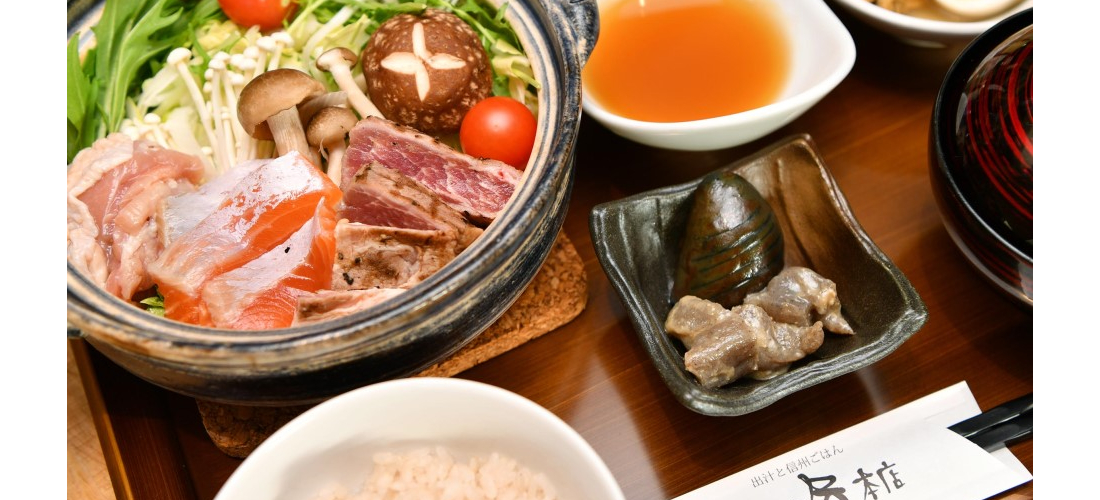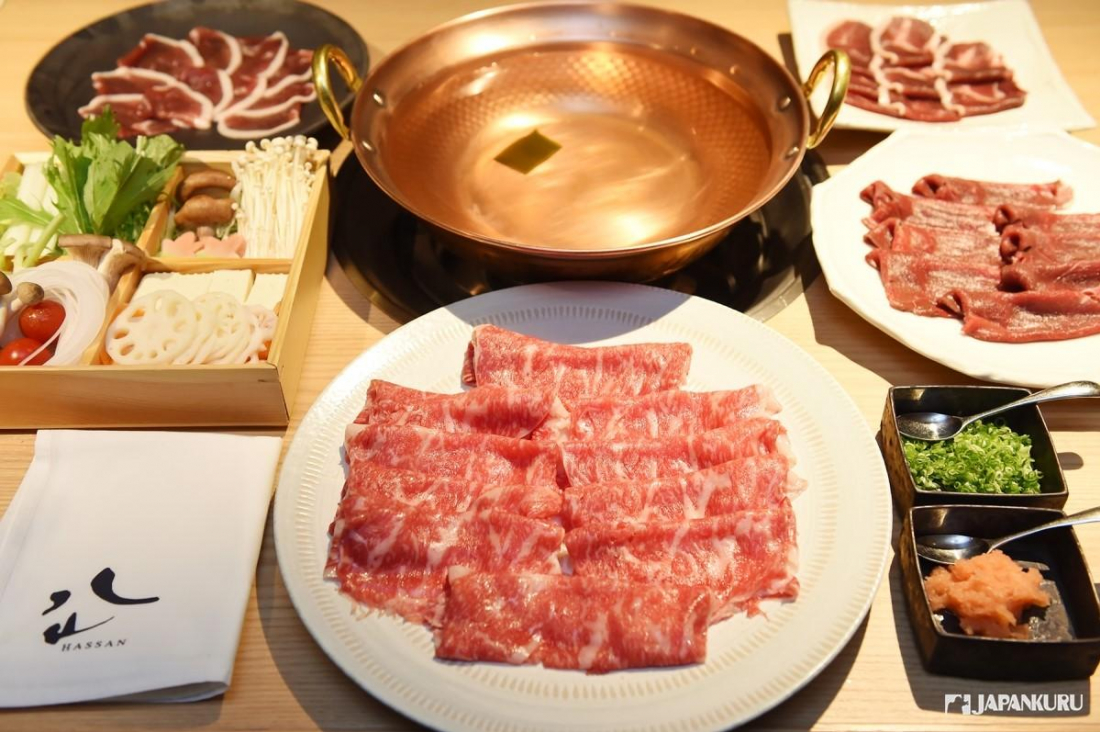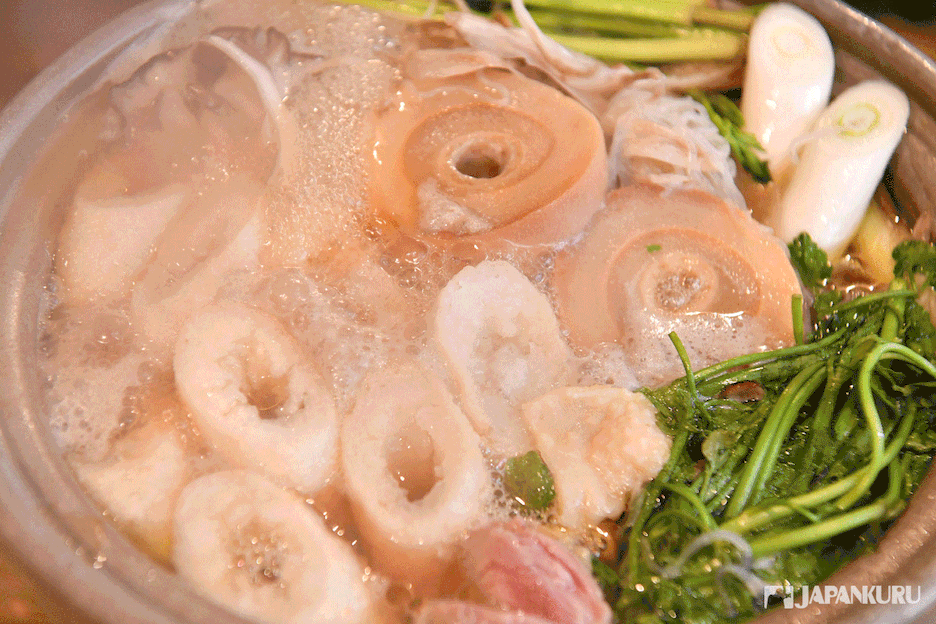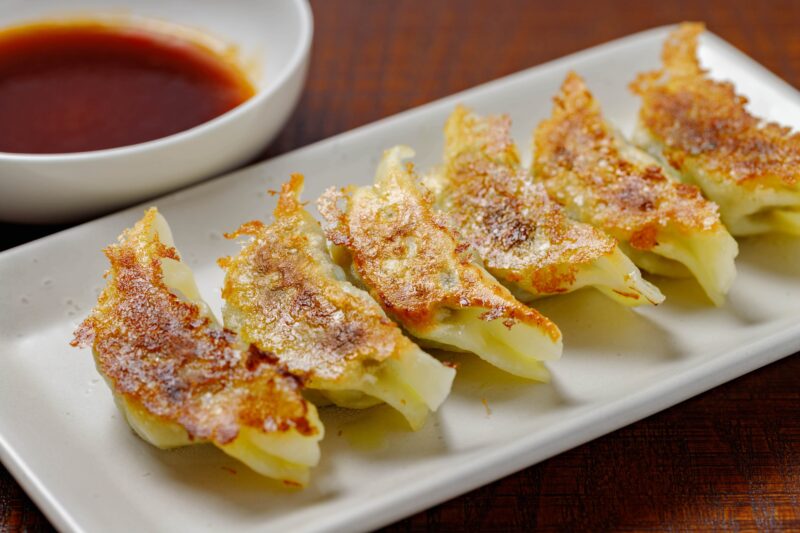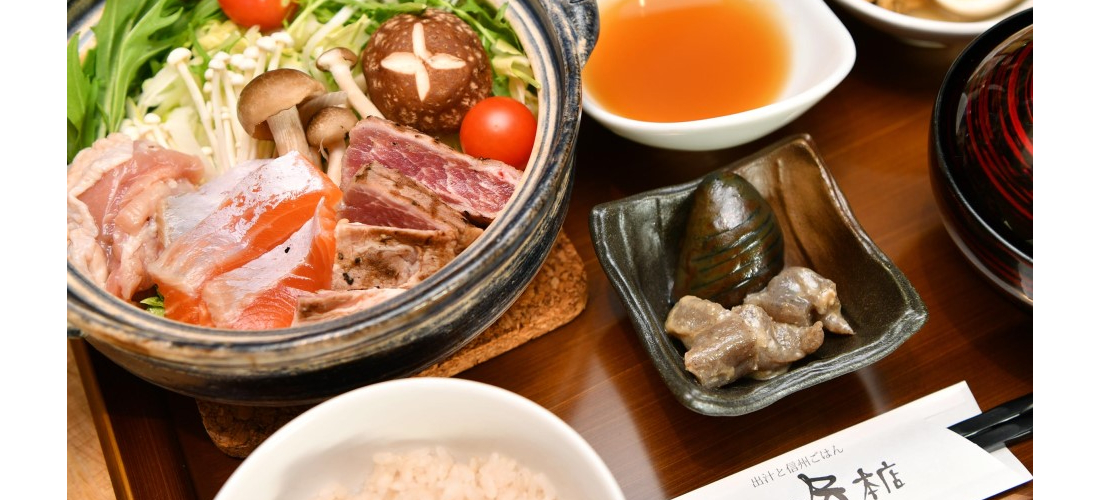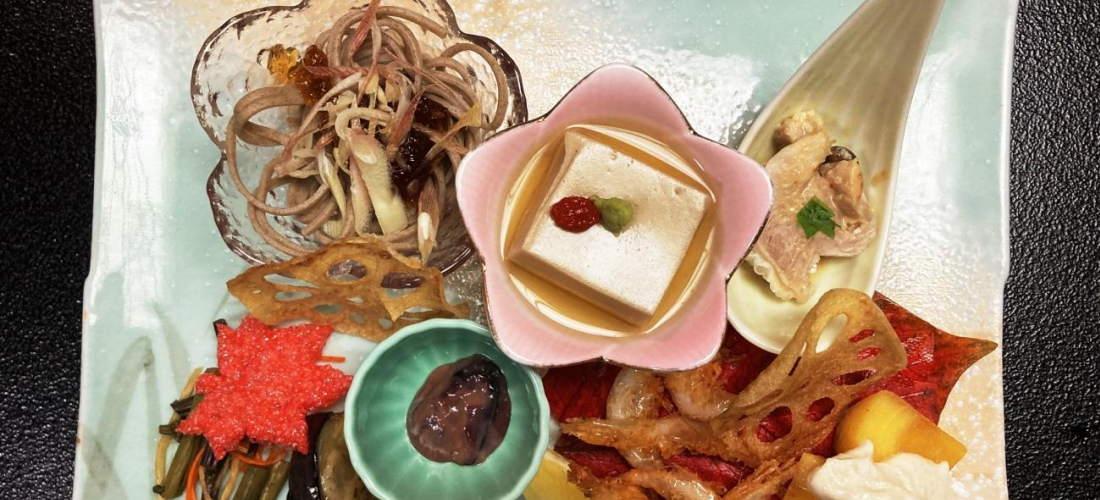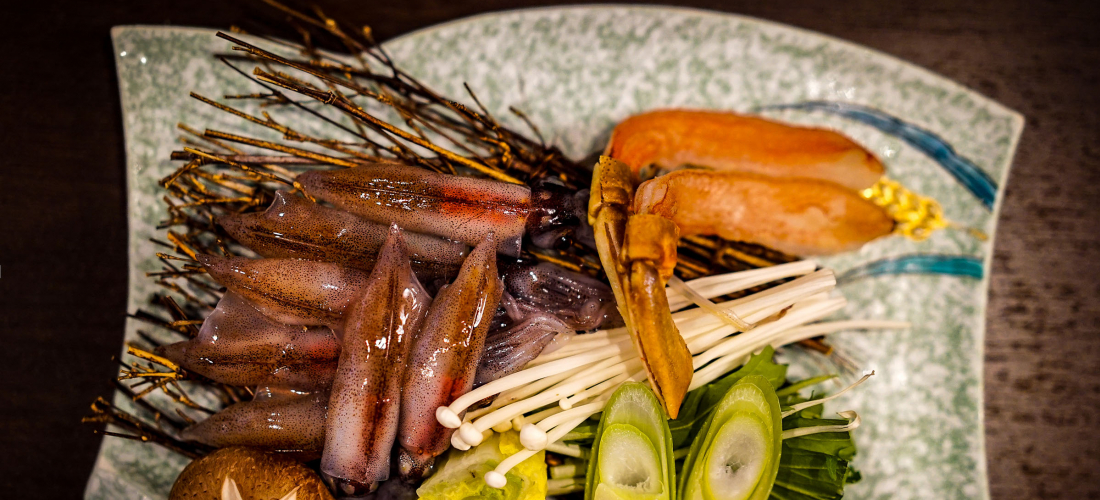CONTENTS
No matter the weather, friends and family around Japan love to gather for some delicious hotpot, but there’s no doubt that this dish warms hearts on cold nights.
1. The Classic ・ Shabu-shabu
Japanese hotpot: served throughout the year at restaurants, enjoyed at home using hotplates on the dinner table, but most beloved in the colder months of the year, when family and friends gather together around steaming pots of flavorful broth, fragrant vegetables, and tender cuts of meat. In Japanese, hotpot is called "nabe" (鍋), which literally just means "pot" – a logical name for a dish that can encompass all kinds of flavors and textures. But no matter what kind of "nabe" it might be, hotpot brings warm memories to just about anyone who's spent a winter in Japan.
Although it only caught on in Japan during the mid-20th century, shabu-shabu is about as basic as it gets with Japanese hotpot. The broth is usually just a simple Japanese dashi stock – sometimes it's just a pot of hot water with a piece of konbu (seaweed) added for a little umami, setting the stage for the true star of the show. Most shabu-shabu is centered around super-thin slices of beef, which diners can cook one slice at a time, by dragging the meat through the hot water for just a second or two. Between the fun dining experience, and the delectable flavors, it's easy to see why shabu-shabu has become such a staple in the last hundred years.
▶︎ This shabu-shabu is from Hassan, in Tokyo's Roppongi neighborhood.
2. The Famous ・ Sukiyaki
Why the name Sukiyaki was given to Kyu Sakamoto's popular song from the 60s is unclear, but the actual hotpot dish sukiyaki certainly deserves some fame on its own merits. While sukiyaki often uses thin slices of beef just like shabu-shabu, the meat and vegetables are instead simmered in a pot of sweet broth flavored with soy sauce, mirin, and a good amount of sugar. The end result is a totally different kind of savory-sweet experience, and for added richness, people in Japan will usually dip the cooked ingredients into a dish of fresh, raw egg before popping each bite into their mouths. First-time diners sometimes shy away from the little dipping dish of slippery yellow egg yolk, but raw egg is a common part of Japanese cuisine, in sukiyaki and other dishes like tamago-kake gohan. Adventures eaters should be sure to give it a try!
▶︎ This Ise Beef sukiyaki is from Butasute, near Tokyo Station.
3. The Local ・ Kiritanpo Nabe
Some kinds of nabe are common all around Japan, but other varieties are only found in one part of the country or another. Akita takes advantage of a local specialty to make their own unique nabe, featuring "kiritanpo," a kind of rice cake with a much less smooth and elastic texture than classic mochi, and a firmer bite. Kiritanpo are often grilled and eaten with miso these days, and traditionally they were usually toasted over the open hearths found in old-fashioned Japanese homes, but when the weather cools and it's time for some hotpot to warm you up from the inside out – well, the people of Akita will cook their unique cylindrical rice cakes up that way, too! Since it's made in a vegetable-filled chicken broth, kiritanpo nabe is really a lot like Akita's very own chicken-noodle soup, with the substantial rice cakes taking the place of the flimsy pasta.
▶︎ This kiritanpo nabe is actually from Tokyo, courtesy of Akita-themed izakaya Namahage, in Ginza.
4. The Specialist ・ Kani Shabu
Of course, while staples like beef, chicken, or pork are at the heart of Japanese hotpot culture, the world of nabe is wide enough to welcome palates of all kinds. The people of Japan tend to appreciate specialty ingredients, from local produce to this season's freshest catch, so it only makes sense for restaurants specializing in one particularly ingredient – crab, perhaps – to offer those ingredients in hotpot form, as well! Crab hotpot is somewhat uncommon, but not so rare as to make it impossible to find, meaning it's a perfect treat for those crab-lovers out there who savor each succulent mouthful of this tasty crustacean. Spots specializing in crab (kani/カニ in Japanese) will present trays of raw crab legs for shabu-shabu, each one ready to be swished through a pot of delicate broth for just a moment before the meat loses its fragile translucency, and turns into a flavor-filled bite of ocean flavor.
5. The Unusual ・ Hotaru-ika Nabe
Last but not least, sometimes hotpot is a great way to try something new, like this dish that's perfect for foodies with an adventurous palate. Like kiritanpo nabe, this is a local specialty, and like kani-shabu, it uses seafood to take shabu-shabu to the next level, but hotaru-ika nabe is designed around one centerpiece: bioluminescent firefly squid, caught fresh from the waters of Toyama Bay. In the wild, these small cephalopods are known to glow blue in the nighttime sea, and sightseers will go out on the water to catch a glimpse of the enchanting view. On the dinner table, the squid shine as the star ingredient in this hotpot, and diners will dip the squid into the hot water before popping one into their mouth, eating the little squid whole! Each bite is a unique mixture of textures and flavors, coming from all the different parts of the squid, but fans of the dish praise the sweet flavor of the carefully cooked meat. Head over to Toyama in April or May to sample this unique delicacy!
The Wide World of Nabe
From classic dishes of simple broth and tender beef, to sweet soups and local specialties both simple and strange, hotpot can mean a lot of things in Japan, each one more delicious than the last. So whether you have a favorite local hotpot spot, or love to make it at home with family and friends, don't miss out on some good old hotpot to warm you up from the inside out when the chilly weather starts to get you down!
For more info and updates from Japan, check Japankuru for new articles, and don't forget to follow us on Twitter, Instagram, and Facebook!
COMMENT
FEATURED MEDIA
VIEW MORE 
A New Tokyo Animal Destination: Relax & Learn About the World’s Animals in Japan
#pr #japankuru #anitouch #anitouchtokyodome #capybara #capybaracafe #animalcafe #tokyotrip #japantrip #카피바라 #애니터치 #아이와가볼만한곳 #도쿄여행 #가족여행 #東京旅遊 #東京親子景點 #日本動物互動體驗 #水豚泡澡 #東京巨蛋城 #เที่ยวญี่ปุ่น2025 #ที่เที่ยวครอบครัว #สวนสัตว์ในร่ม #TokyoDomeCity #anitouchtokyodome

Shohei Ohtani Collab Developed Products & Other Japanese Drugstore Recommendations From Kowa
#pr #japankuru
#kowa #syncronkowa #japanshopping #preworkout #postworkout #tokyoshopping #japantrip #일본쇼핑 #일본이온음료 #오타니 #오타니쇼헤이 #코와 #興和 #日本必買 #日本旅遊 #運動補充能量 #運動飲品 #ช้อปปิ้งญี่ปุ่น #เครื่องดื่มออกกำลังกาย #นักกีฬา #ผลิตภัณฑ์ญี่ปุ่น #อาหารเสริมญี่ปุ่น

도쿄 근교 당일치기 여행 추천! 작은 에도라 불리는 ‘가와고에’
세이부 ‘가와고에 패스(디지털)’ 하나면 편리하게 이동 + 가성비까지 완벽하게! 필름카메라 감성 가득한 레트로 거리 길거리 먹방부터 귀여움 끝판왕 핫플&포토 스폿까지 총집합!
Looking for day trips from Tokyo? Try Kawagoe, AKA Little Edo!
Use the SEIBU KAWAGOE PASS (Digital) for easy, affordable transportation!
Check out the historic streets of Kawagoe for some great street food and plenty of picturesque retro photo ops.
#pr #japankuru #도쿄근교여행 #가와고에 #가와고에패스 #세이부패스 #기모노체험 #가와고에여행 #도쿄여행코스 #도쿄근교당일치기 #세이부가와고에패스
#tokyotrip #kawagoe #tokyodaytrip #seibukawagoepass #kimono #japantrip

Hirakata Park, Osaka: Enjoy the Classic Japanese Theme Park Experience!
#pr #japankuru #hirakatapark #amusementpark #japantrip #osakatrip #familytrip #rollercoaster #retrôvibes #枚方公園 #大阪旅遊 #關西私房景點 #日本親子旅行 #日本遊樂園 #木造雲霄飛車 #히라카타파크 #สวนสนุกฮิราคาตะพาร์ค

🍵Love Matcha? Upgrade Your Matcha Experience With Tsujiri!
・160년 전통 일본 말차 브랜드 츠지리에서 말차 덕후들이 픽한 인기템만 골라봤어요
・抹茶控的天堂!甜點、餅乾、飲品一次滿足,連伴手禮都幫你列好清單了
・ส่องมัทฉะสุดฮิต พร้อมพาเที่ยวร้านดังในอุจิ เกียวโต
#pr #japankuru #matcha #matchalover #uji #kyoto #japantrip #ujimatcha #matchalatte #matchasweets #tsujiri #말차 #말차덕후 #츠지리 #교토여행 #말차라떼 #辻利抹茶 #抹茶控 #日本抹茶 #宇治 #宇治抹茶 #日本伴手禮 #抹茶拿鐵 #抹茶甜點 #มัทฉะ #ของฝากญี่ปุ่น #ชาเขียวญี่ปุ่น #ซึจิริ #เกียวโต

・What Is Nenaito? And How Does This Sleep Care Supplement Work?
・你的睡眠保健品——認識「睡眠茶氨酸錠」
・수면 케어 서플리먼트 ‘네나이토’란?
・ผลิตภัณฑ์เสริมอาหารดูแลการนอน “Nenaito(ネナイト)” คืออะไร?
#pr #japankuru #sleepcare #japanshopping #nenaito #sleepsupplement #asahi #睡眠茶氨酸錠 #睡眠保健 #朝日 #l茶胺酸 #日本藥妝 #日本必買 #일본쇼핑 #수면 #건강하자 #네나이토 #일본영양제 #อาหารเสริมญี่ปุ่น #ช้อปปิ้งญี่ปุ่น #ร้านขายยาญี่ปุ่น #ดูแลตัวเองก่อนนอน #อาซาฮิ

Japanese Drugstore Must-Buys! Essential Items from Hisamitsu® Pharmaceutical
#PR #japankuru #hisamitsu #salonpas #feitas #hisamitsupharmaceutical #japanshopping #tokyoshopping #traveltips #japanhaul #japantrip #japantravel

Whether you grew up with Dragon Ball or you just fell in love with Dragon Ball DAIMA, you'll like the newest JINS collab. Shop this limited-edition Dragon Ball accessory collection to find some of the best Dragon Ball merchandise in Japan!
>> Find out more at Japankuru.com! (link in bio)
#japankuru #dragonball #dragonballdaima #animecollab #japanshopping #jins #japaneseglasses #japantravel #animemerch #pr

This month, Japankuru teamed up with @official_korekoko to invite three influencers (originally from Thailand, China, and Taiwan) on a trip to Yokohama. Check out the article (in Chinese) on Japankuru.com for all of their travel tips and photography hints - and look forward to more cool collaborations coming soon!
【橫濱夜散策 x 教你怎麼拍出網美照 📸✨】
每次來日本玩,是不是都會先找旅日網紅的推薦清單?
這次,我們邀請擁有日本豐富旅遊經驗的🇹🇭泰國、🇨🇳中國、🇹🇼台灣網紅,帶你走進夜晚的橫濱!從玩樂路線到拍照技巧,教你怎麼拍出最美的夜景照。那些熟悉的景點,換個視角說不定會有新發現~快跟他們一起出發吧!
#japankuru #橫濱紅磚倉庫 #汽車道 #中華街 #yokohama #japankuru #橫濱紅磚倉庫 #汽車道 #中華街 #yokohama #yokohamaredbrickwarehouse #yokohamachinatown

If you’re a fan of Vivienne Westwood's Japanese designs, and you’re looking forward to shopping in Harajuku this summer, we’ve got important news for you. Vivienne Westwood RED LABEL Laforet Harajuku is now closed for renovations - but the grand reopening is scheduled for July!
>> Find out more at Japankuru.com! (link in bio)
#japankuru #viviennewestwood #harajuku #omotesando #viviennewestwoodredlabel #viviennewestwoodjapan #비비안웨스트우드 #오모테산도 #하라주쿠 #日本購物 #薇薇安魏斯伍德 #日本時尚 #原宿 #表參道 #japantrip #japanshopping #pr

Ready to see TeamLab in Kyoto!? At TeamLab Biovortex Kyoto, the collective is taking their acclaimed immersive art and bringing it to Japan's ancient capital. We can't wait to see it for ourselves this autumn!
>> Find out more at Japankuru.com! (link in bio)
#japankuru #teamlab #teamlabbiovortex #kyoto #kyototrip #japantravel #artnews
Photos courtesy of teamLab, Exhibition view of teamLab Biovortex Kyoto, 2025, Kyoto ® teamLab, courtesy Pace Gallery

Japanese Makeup Shopping • A Trip to Kamakura & Enoshima With Canmake’s Cool-Toned Summer Makeup
#pr #canmake #enoshima #enoden #에노시마 #캔메이크 #japanesemakeup #japanesecosmetics

⚔️The Robot Restaurant is gone, but the Samurai Restaurant is here to take its place. Check it out, and don't forget your coupon!
🍣신주쿠의 명소 로봇 레스토랑이 사무라이 레스토랑으로 부활! 절찬 쿠폰 발급중
💃18歲以上才能入場的歌舞秀,和你想的不一樣!拿好優惠券去看看~
#tokyo #shinjuku #samurairestaurant #robotrestaurant #tokyotrip #도쿄여행 #신주쿠 #사무라이레스토랑 #이색체험 #할인이벤트 #歌舞伎町 #東京景點 #武士餐廳 #日本表演 #日本文化體驗 #japankuru #japantrip #japantravel #japanlovers #japan_of_insta

Japanese appliance & electronics shopping with our KOJIMA x BicCamera coupon!
用JAPANKURU的KOJIMA x BicCamera優惠券買這些正好❤️
코지마 x 빅 카메라 쿠폰으로 일본 가전 제품 쇼핑하기
#pr #japankuru #japanshopping #kojima #biccamera #japaneseskincare #yaman #dji #osmopocket3 #skincaredevice #日本購物 #美容儀 #相機 #雅萌 #日本家電 #일본여행 #면세 #여행꿀팁 #일본쇼핑리스트 #쿠폰 #일본쇼핑 #일본브랜드 #할인 #코지마 #빅카메라 #japankurucoupon
MAP OF JAPAN
SEARCH BY REGION

LATEST
VIEW MOREEVENT CALENDAR
VIEW MORE





